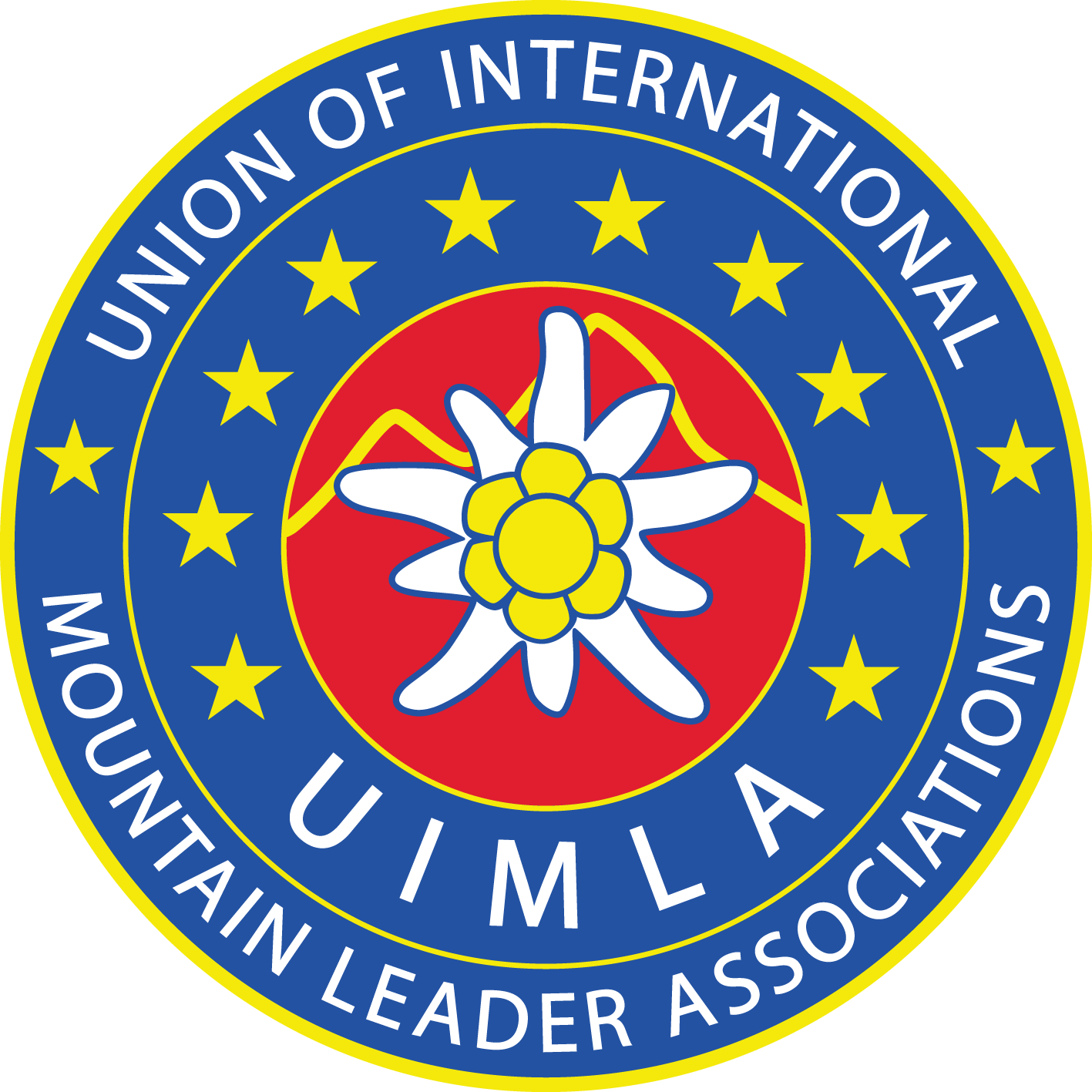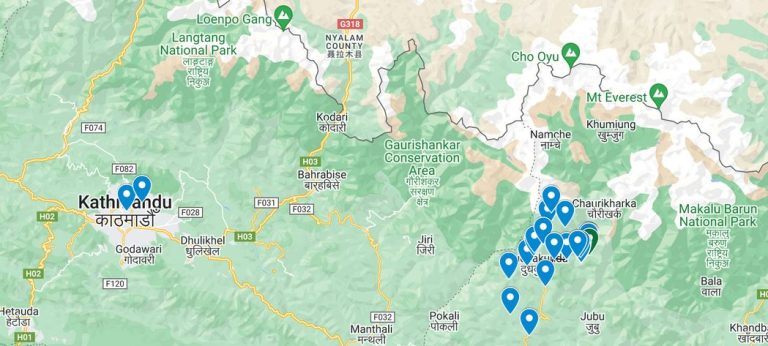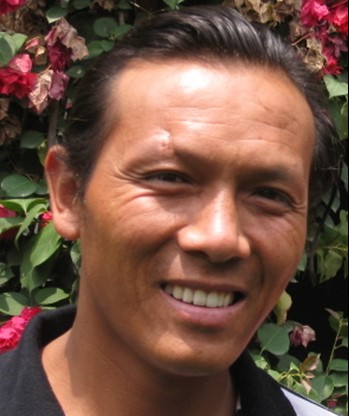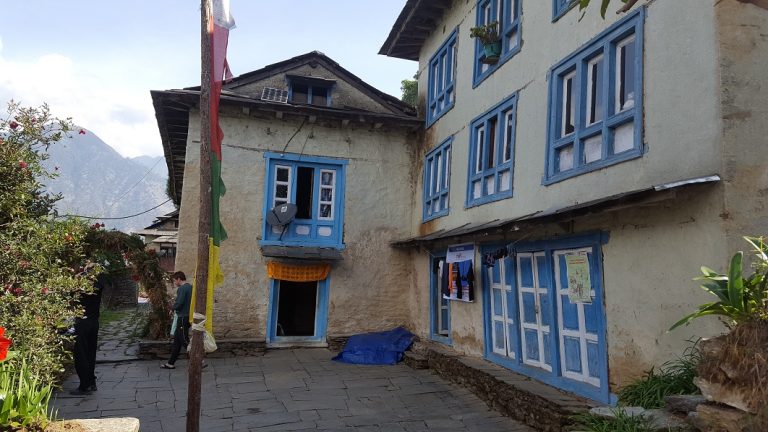Pikey Peak and Dudhkunda Lake Solu Khumbu Trek
This trek through the solu (lower) Khumbu region where the Sherpa people live and farm is a very attractive journey through forest covered hills, terraced fields and villages with plenty of opportunity to visit monasteries (gompas), enjoy the culture and local food, and also see the rhododendron in flower during the spring season.
The highlights are to climb Pikey Peak with its beautiful views of Mount Everest and visit the sacred lake of Dudhkunda at 4600m right beneath the imposing bulk of Nombur Peak and the monastery near Junbesi, and also the work of Moving Mountains Trust in the villages of Bupsa and Bumburi.
Overview
Since the general trekking altitude is between 2500-3000m it’s a very suitable trek for all ages and types, and a lot quieter than the higher Khumbu region above Lukla. The peak and the lake will go higher, to a maximum of 4600m, but altitude sickness is not a problem on this trek. The flora and fauna in the spring especially is beautiful; the red rhododendron, or Lali Gurans, is the national flower of Nepal and it’s a special sight to see them, and also the magnolia and cedar forest, on these lower Himalayan slopes.
The trekking is on hilly paths across the grain of the land, through Sherpa villages and beautiful countryside. Some days are longer than others, but the pace is slow and you can stop regularly at villages to get something to drink and enjoy the local life. This is very much their traditional homeland, rather than the more westernised trails above Lukla, and you will be made to feel very welcome.
Pikey Peak at 4065m is a particularly beautiful viewpoint, a favourite of Edmund Hillary, with a panorama that includes Mount Everest (Sagamartha), Dhaulagiri and Makalu. The summit is an easy one hour walk up from the base camp and covered with prayer flags that adorn the Buddhist shrines (chortens). It is especially beautiful with the colours of sunrise and sunset and many people say the view from here is better than from Kala Patthar above Everest Base Camp. On a clear day you can see all of the eight peaks above 8000 metres which are in Nepal, including Kanchenjunga far to the east. The name Pikey or sometimes Peekeye is derived from the name of a Sherpa clan deity. During the month of July the locals hold celebrations to worship their clan god, the eastern Chaybo Pikey, as Pikey Hlapchen Karbu.
Dudhkunda Lake or Milky Lake at 4600 metres is a sacred place at the base of Nombur Himal (peak). Locally known as “Shoring Yul Lha” or protector of Solu, it has become known by the this lower valley of the Khumbu region. Dudh Kunda Lake is believed to be the abode of Lord Shiva and he created the lake by driving his trident into the ground when he was thirsty. Hindus and Buddhists revere this place and believe that taking a dip into the icy cold lake will absolve them from all their sins and bless childless families with children. The lake itself is high and remote and surrounded by natural beauty; there are no tourist lodges up here so this part of the trek is camping. The milky waters of the lake are often covered with ice and surrounded by snow, and the giant snow-covered Nombur towering above is very dramatic and memorable.
Other highlights include:
Junbesi (2700 m) is one of the most beautiful Sherpa villages in the Solu region, with its terraced fields, traditional architecture and cultural wealth. It is also near the famous Thuptenchholing monastery where more than 500 monks study, and which is well worth a visit
Bupsa and Bumburi are the two villages where Moving Mountains Nepal began in the late 1990s when AA founder Gavin Bate met Ang Chhongba Sherpa and they both committed to developing the region together. Here you can see the work of the charity over the past 25 years with schools, monasteries, a clinic and hydro electric power. You will also stay with Geljun Sherpa in his guesthouse which is the base for the charity.
Google Map showing the route.
Day by Day Itinerary
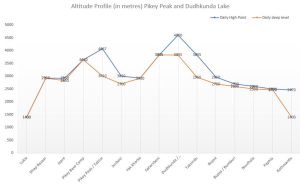
Arrive and transfer to hotel.
Rest and preparation, sightseeing.
Leave very early at 0530 and drive in the jeeps. On arrival, a short trek to stretch the legs and arrive at Japre which is a small village with a pretty monastery and stupa located above a steep valley with views over Numbur Himal. The route on this day does have some construction so expect some vehicles, although the locals are creating new paths for walkers. It’s possible to drive some of this route now rather than walk.
If the road down is delayed by bad weather or traffic then it’s possible to overnight at Dhap.
Ascend up to a grassy ridge at Bhulbhule and turn right for the Pikey peak, following mani walls and old yak houses and then a pretty forested trail with many rhododendron trees. A further few hours to the base camp where there is a small quite simple lodge.
An early start to enjoy sunrise from the summit with hopefully clear views of Mount Everest and the extensive range of peaks including Thamserku, Kangtega and sometimes Kanchenjunga. Other peaks include Makalu, Dhaulagiri and Gaurishankar.
The route to Junbesi is quite long with plenty of up and downhill, into the Besi valley for views of Junbesi. Plenty of small settlements and forested trails. Junbesi is quite a busy village, famous for its monastery and a hub for local trade. Lovely traditional Sherpa houses.
This is a famous gompa and retreat community established by Trukshik Ringpoche in the 1960s. Fabulous structure and a chance to go inside and see the lamas at study. You can find more information about the monastery here.
Today is another highlight of the trek with an early start to climb up to the lake and catch the sunlight before it is overhead. The lake is right in front of mighty Nombur Peak, believed to be the guardian to the Solu region. The name Dudh kunda means milky lake or pond, because of the glacial silt which gives it that colour and texture. This area is sacred, and used to be frequented by red panda and even snow leopard. Nowadays people come here to commune with nature and hold important pujas such as the religious festival of Rakshabandhan . Some people consider this place to be residence of Lord Shiva.
There are 105 other smaller ponds around Dudhkunda, and according to mythology the deities rested here on their way to heaven from the Himalayas. Goddess Parvati dropped a drop of milk that produced the pond, hence the name of milky pond.
Thaksindu is famous for it’s gompa which is quite huge and a major learning centre for lamas. The village itself is rich in culture and nature, home to a diverse population of Sherpa, Rai and Tamang.
The trek up to Khari Khola is again through forests and terraced fields, very pretty settlements where Sherpa live alongside Rai and Tamang. Khari Khola itself is a small market town with a good local hospital and lovely lodges. It has suddenly become more important since the advent of the road which runs from Paphlu to Lukla.
A short trek up to this lovely village of Bupsa and the home of Geljun Sherpa who manages Moving Mountains Trust. He will show you round the monastery and the school which was funded by the charity. You will have a chance to see inside the monastery.
A day spent exploring the villages or resting in Bupsa. You can stay in Khari Khola again and visit Bumburi to see the the school and the small clinic which was funded by the charity. There are options with this day, it’s also possible to rest and take in the scenery.
Heading downhill to the river and over the bridge and then up again to Nunthala.
Last day of the trek which is downhill to the town of Paphlu where there is a small airstrip. The last part of the trek is on newly constructed road so expect to meet some vehicles, although in future the villagers are creating a walking path to keep away from the traffic.
Ready for an Adventure to Pikey Peak?
Choose a fixed itinerary date below or contact us to set up a private date if you have something specific in mind. The booking process will take your details to set up an account and there will be an option to choose your hotel in Kathmandu and any kit you may want to rent. The deposit is £250.00 and the balance is due four weeks before travel. The price below is for a minimum of two people.
The price includes driving to and from the start point but there is an option to take a helicopter which is obviously much faster, around 45 minutes. Helicopter prices depend on the number of people booking, and they normally take a maximum of 3 or 4 people but it depends on the weight of the luggage. Contact us to discuss this option if you would like to avoid the drive.
Fixed Itineraries
| Start Date | End Date | Days | Price (per person) | |
|---|---|---|---|---|
| 04/04/2026 | 19/04/2026 | 16 | £1,395.00 | Book Now |
| 02/05/2026 | 19/05/2026 | 18 | £1,495.00 | Book Now |
| 03/10/2026 | 20/10/2026 | 18 | £1,495.00 | Book Now |
| 31/10/2026 | 17/11/2026 | 18 | £1,495.00 | Book Now |
Private Itineraries
Our Pikey Peak and Dudhkunda Lake Trek Experts
Pasang Tendi Sherpa is one of the company directors in Nepal and a mountain leader. He has been working with Adventure Alternative since 2005 and has made three climbs of Mount Everest with Gavin.
He lives in New York with his wife Sarasoti and their two children Jubilee and Elli Dolma, and he travels to Nepal during the trekking seasons and helps manage the company and run some treks and climbs.
He has had plenty of experience managing expedition and...
PIKE PEAK AND DUDHKUNDA LAKE TREK COST £1495.00
INCLUDES
- Airport transfers
- Road transport to and from Paphlu
- Accommodation in lodges/tea houses (twin rooms with beds and mattresses)
- Three meals per day during the trek chosen from the menu
- National Park Fees
- Sherpa guides (English speaking and trained in first aid)
- Porters (max weight carried for you is 15kgs)
- Staff food, insurance, accommodation and equipment
EXCLUDES
- Accommodation and meals in Kathmandu (you can choose a hotel during the booking process or later on, or you can book a hotel yourself online)
- Personal trek costs and local expenses like hot and cold drinks, laundry, hot showers, wifi and boiled water.
- Trip Insurance estimate £70 – £95 (2 week guided trek to 4000m, no technical climbing)
- Visa ($20 for 30 day visa)
- Tips (about £40-£45 each for a group of 4, £60-£65 each for a group of 2)
Payments
A deposit of £250.00 is required to secure your place and we ask that the remaining balance is paid in full four weeks prior to your departure. When you book with us you’re given your own secure online account which you can access 24/7. Through this account you can make interim payments, edit your booking, add any details like flight arrival details, insurance and dietary details and also make interim payments.
You should purchase an insurance policy which covers trekking to 4500m should any unexpected events force you to cancel. Your policy should also include helicopter rescue in the event of an evacuation. There are plenty of adventure travel insurance providers and for non-technical treks like this you might want to check if your credit card company offers a travel policy, or the post office or you might want to look at True Traveller or specialist insurers like Campbell Irvine.
When to Go
Spring from March to May is one of the best times with clear mountain views. The weather is warm and sunny with clear skies and daily temperatures of between 10°C to 20°C (50°F to 68°F) and dropping at night. Towards the end of May there will be more rain as the monsoon approaches.
The monsoon from June to September brings dramatic clouds and a mystical scenery, the lower trails will be slippery and there may be leeches in the forest. Rainfall is fairly predictable around midday, but clear skies in the early morning and evening generally. The temperatures are between 12°C to 25°C (50°F to 77°F).
Autumn from October to November brings beautifully clear blue skies, warm sunny days and cold nights. The average daytime temperature ranges between 10°C to 20°C (50°F to 68°F).
Winter from December to February is colder with temperatures ranging between 5°C to 15°C (41°F to 59°F). It will be freezing at night but winter trekking in Nepal is very rewarding and a lot quieter than other times. Not all lodges are open and the way needs to be taken with caution in case of ice.
What is the Pikey Peak trek like?
The trek is along trails over the lower Himalayan region between the villages with plenty of up and downhill! You will be going down to the river to cross a bridge, only to go all the way back up again to the ridge and then down again. At other times you may go along the side of hillsides. The paths themselves can be quite rocky and uneven, and in other places very easy. Be prepared for plenty of variation and for sun, rain, cloud all in one day. We would advise good comfortable hiking boots and a small 35 litre day pack for essentials.
Pikey Peak is not a difficult summit to reach and the terrain is not difficult for walking, and anyone with hiking experience and an active lifestyle should not have a problem. However it is over 4000m so expect the hike up to make you pant and feel the burn in your legs. There are some long distances to cover over to Junbesi after the peak, so take the pace easily. Sometimes the paths can be damaged by heavy rain, so allow the guide to show you the best ways. The lake is sacred and there are steps built in the hillside on the approach; when you are there you can of course walk around to get the best photos and experience the ambience of the place.
On the higher treks the gradient tends to follow a path that goes up the valley, but on this trek in the lower regions of the Solu Khumbu you are essentially crossing valleys and rivers like a huge undulating carpet, up and down. It is definitely quite hard on the legs but there is much less danger of altitude sickness.
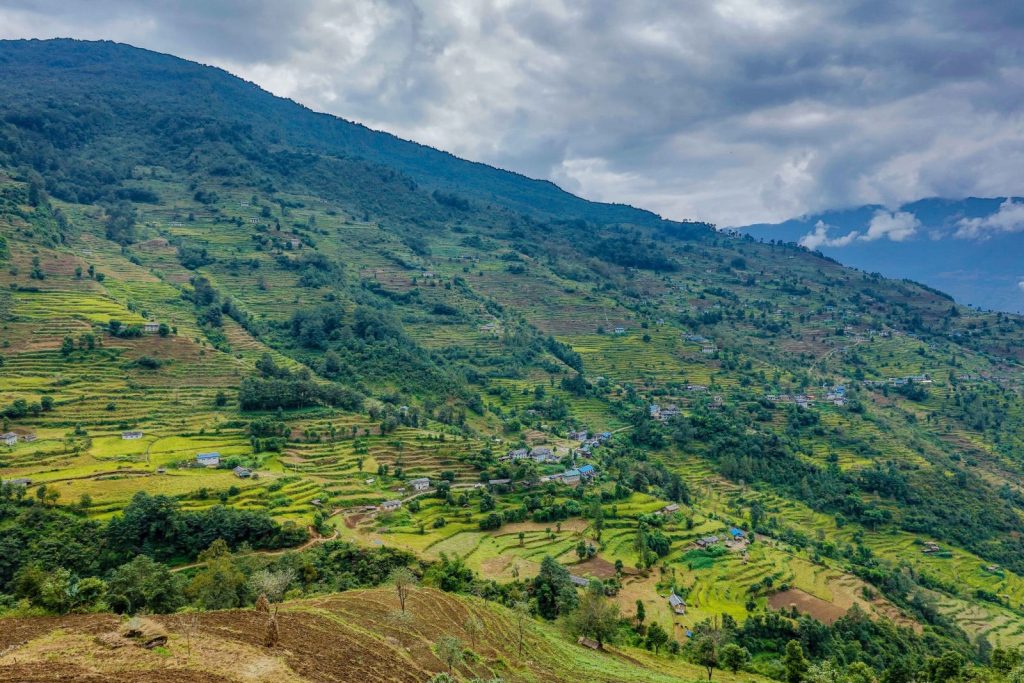
Practicalities
Arriving into Kathmandu we will arrange your airport pick up and transfer to the hotel of your choice, we have a number we can recommend, and after a day of sightseeing around Thamel it is an 8 hour drive by road towards Paphlu. The trek will be led by one of our Sherpa guides and porters will carry your main bag (either a duffle or a rucksack), and mostly the accommodation is in Sherpa lodges or teahouses which provide all the meals which are normally traditional fare like dal bhat, rice, potatoes, meat and vegetables. In this lower region you are less likely to find western foods but there will be noodles, omelettes, pancakes, bread and fruit, and plenty of chocolate and snacks. Water is best boiled and kept in your bottle, rather than buying plastic bottles, and the lodges will have hot showers and bedrooms with beds, mattresses and some bedding available to borrow like blankets.
Toilets are mostly Asian style ‘long drops’ but in the bigger villages you will find some flush toilets. You can buy toilet paper but better to bring your own recycled biodegradable paper, and do also bring your own sanitary products from home. Everything will be in Nepali rupees so bring local cash in small denominations and expect to spend about £100 for personal expenses like showers, snacks, boiled water and charging. We have a page called Nepal Local Price Guide which will help with figures. The lodges will have power and often solar panels and batteries with an inverter and they may charge something for you to use a socket. Or bring a powerpack. Most of the lodges will have mobile wifi, enough to use whatsapp and emails but not to livestream. You can buy an e-sim from a provider like Airalo or get a Nepali sim card in Kathmandu.
You can leave travel clothes in the hotel or in our office store, and on trek take a duffle or rucksack for the porter to carry (15kgs is normal) and then a day sack with essentials for the day like a water bottle, suncream, hat, snacks, camera and snacks. This may change as the days go by, for example warmer clothing as you go higher, an umbrella if it’s likely to rain, a head torch if it’s an early start.
We have a page called Nepal Preparation which will help with further information.
We also have a page called Acclimatising Safely which helps give an overview on altitude and how to look after yourself on a high level trek.
Meals and drinks on trek
All the meals on trek are included in the cost of the trip; we do not ask you to bring a kitty because meals in lodges are expensive so a trek would require carrying a lot of cash. In our case we budget for three meals a day on trek. Breakfast includes cereal, porridge, or rice pudding and an egg dish with bread or toast. Lunch includes one dish such as fried rice, dal bhat, momos, or pasta. It is much better if everyone has the same meal because the meals are cooked from scratch, so if ten people order ten different meals then lunch can take two hours. Better if everyone orders the same and the guide can ring ahead if there is signal. Dinner is two courses, normally including a soup starter and a dish chosen by you from the menu.
Drinks are not included. If you want to buy a can of cold drink or a beer or a cup or flask of tea or coffee then please pay cash. It is much more economical if several people order a flask of tea, than individuals ordering separate cups. Please pay the lodge owner for your drinks or ask for a tab to be kept for you which may include using the wifi, having a hot shower, getting bottled water etc.
Meals are often vegetarian with meat additions if you want. So a dal bhat can come with or without meat for example. Rice or noodles can come with vegetables or with meat. The lodges can cater for people who are intolerant to wheat but you may want to bring your own alternative gluten free products because they are not available in the rural areas. You can avoid dairy quite easily but vegan diets are a little harder to cater for.
Emergencies
For this trek if there was an emergency which required a quick evacuation to a hospital then a helicopter would have to be called and the guide would help to arrange this with you, having contacted your insurance company. Helicopters are common around the Nepalese trekking areas but they depend on good weather. Mostly someone who is feeling ill from altitude must go down and that is normally done with the help of the staff or sometimes a horse. Locals will also help if the person is not able to be moved. The Solu region is well established with trails and now some new roads, so another option is to get back to Paphlu and take a car back to the capital.
Tipping
There is a full page with tipping advice, but in general for a trip like this a suitable figure would be the equivalent of USD$40 for each porter and $75.00 for the trekking guide. This amount would be split between the group and given at the end in local currency.
What to Bring
This is a reasonably low level trek with generally warm days and chilly evenings, with the coldest night being the one before going up to the peak and to the lake. Bring layers of warm clothes but also shorts and T-shirts and plenty of underwear and socks. It’s not possible in general to wash clothes because of the time it takes to dry, but sometimes on a hot day you can dry underwear in time for the next morning.
We have a page called Kit List for trekking in Nepal which will be helpful with packing. For footwear this trek is best done in good hiking shoes or boots but it’s a good idea to have shoes with high ankles and a proper sole (Vibram) for the rocky sections, in case you go over on an ankle. As for sleeping, you will need a 3 season bag but in the lodges there is also bedding you can use like blankets.
Key Information & Guides
General Nepal Information
Book Your Adventure of a Lifetime Now
Discover our trips to other Countries
Other Trips You May Enjoy
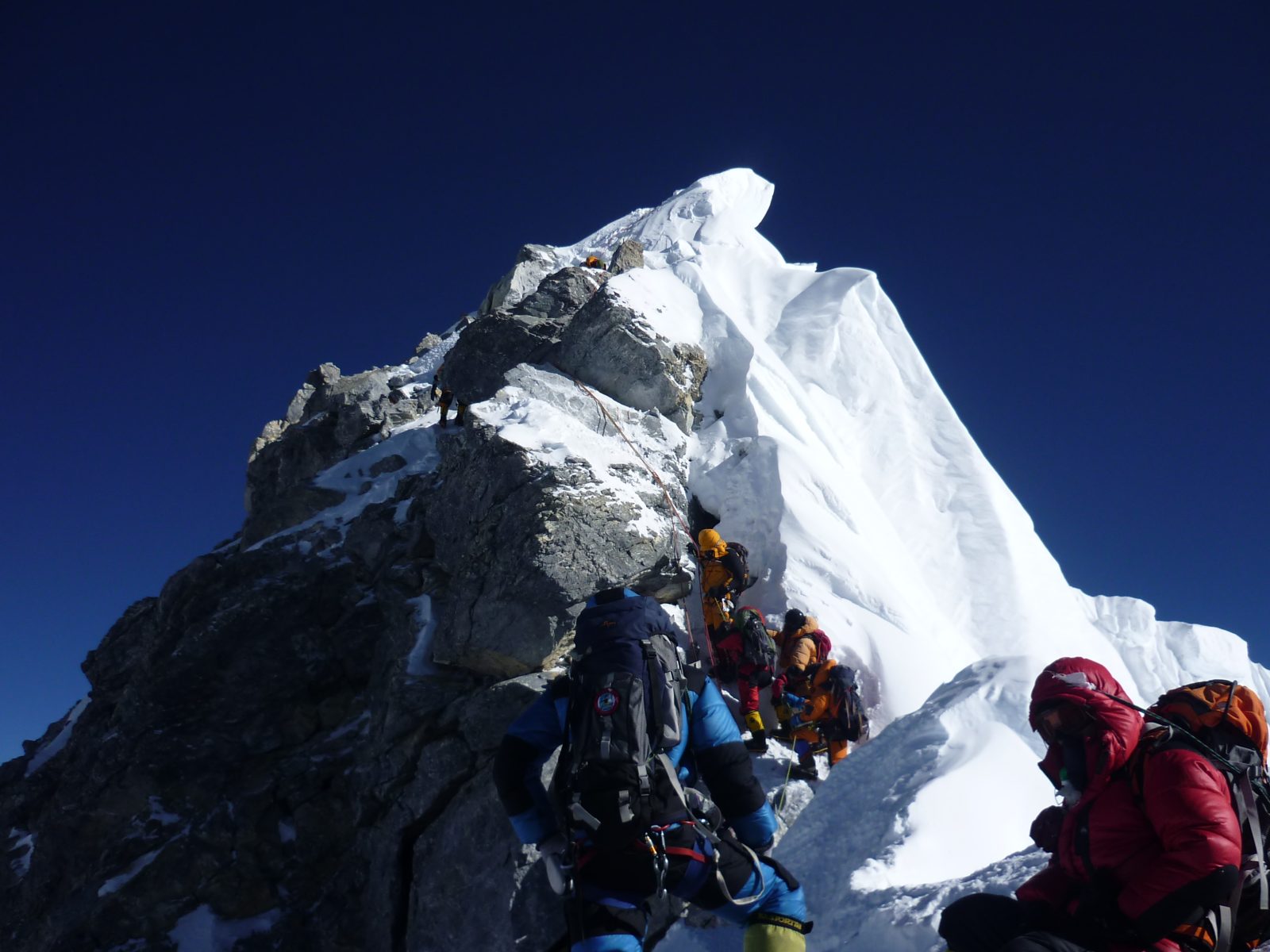
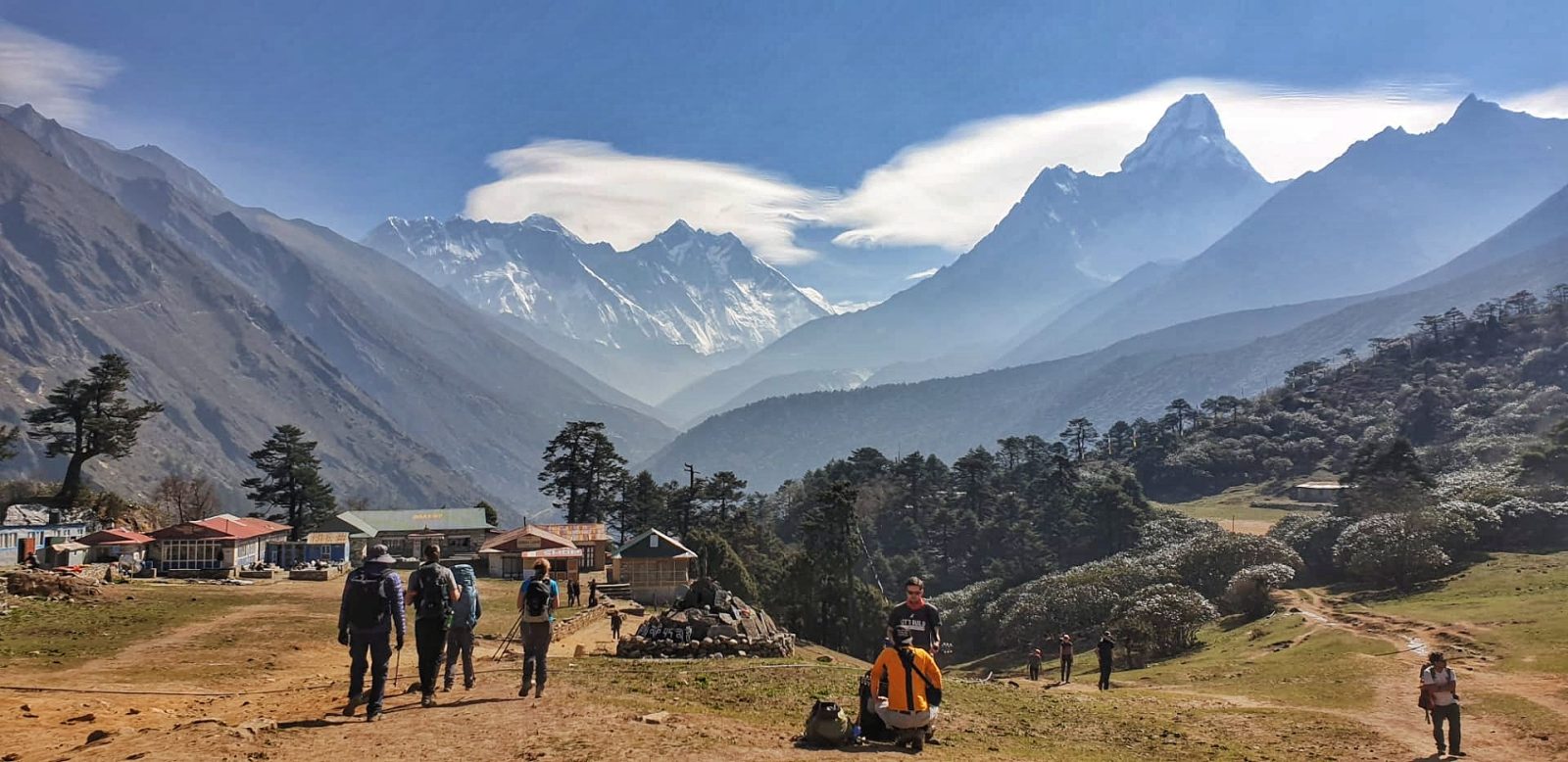
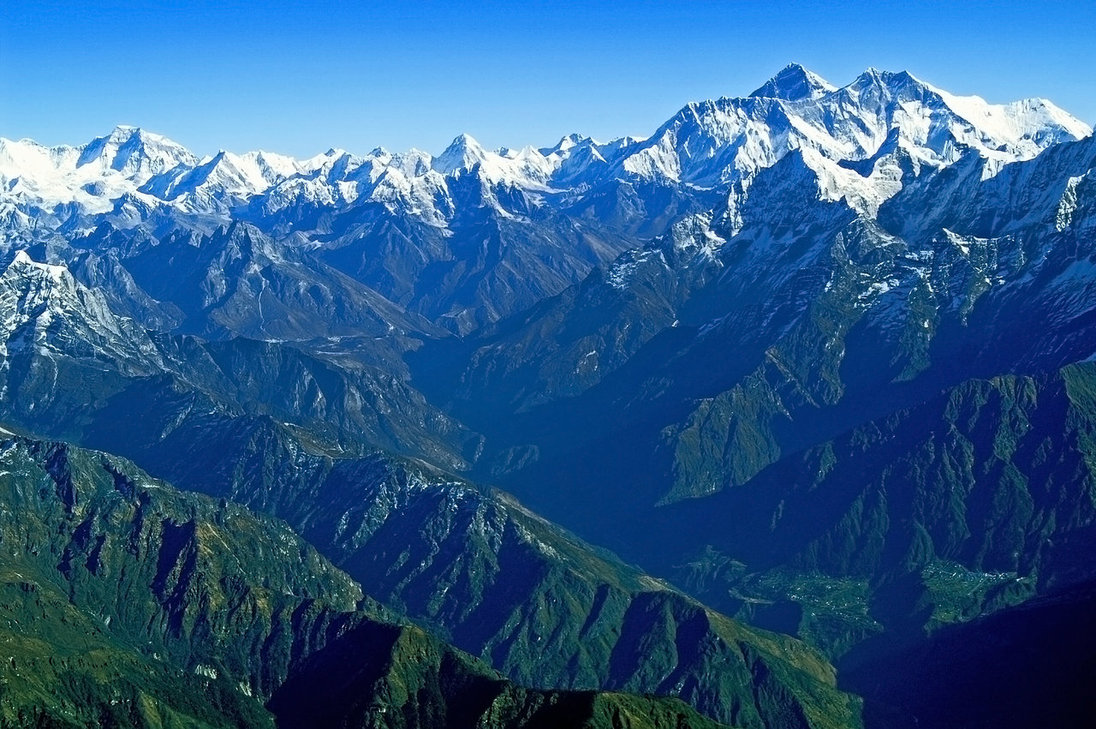
Our Nepal Posts
We’re dedicated to helping you make the most of your next adventure trekking holiday. That’s why we’ve created our travel blog full of in-depth trekking guides, travel inspiration and other fantastic information. Having done all of these climbs many times already, we want to pass on our wealth of trekking wisdom to you.
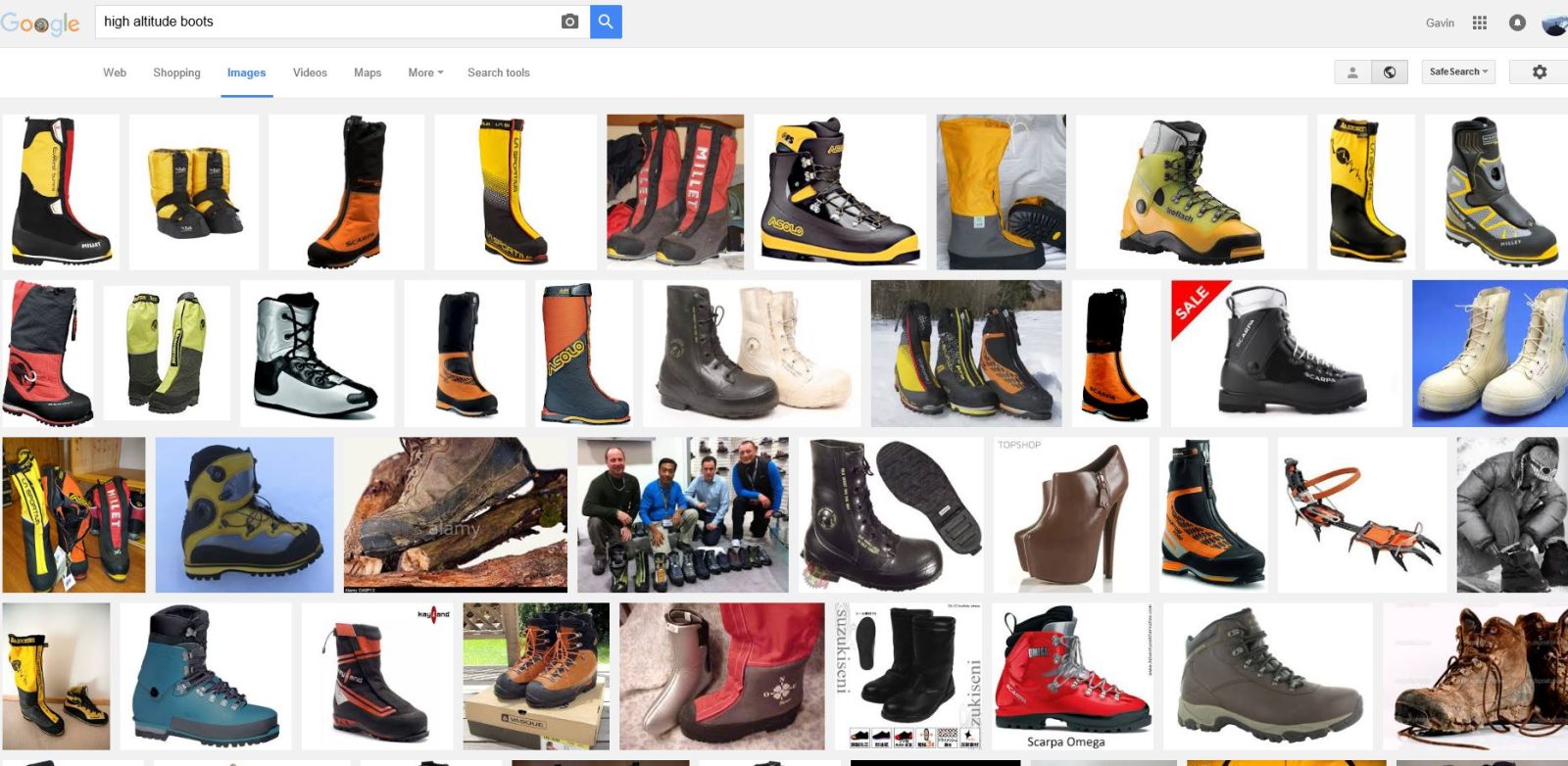
Choosing High Altitude Boots
Twenty years ago things seemed a bit simpler, climbers chose from a narrow range of leather trekking boots and generally a pair of 'double mountain'...
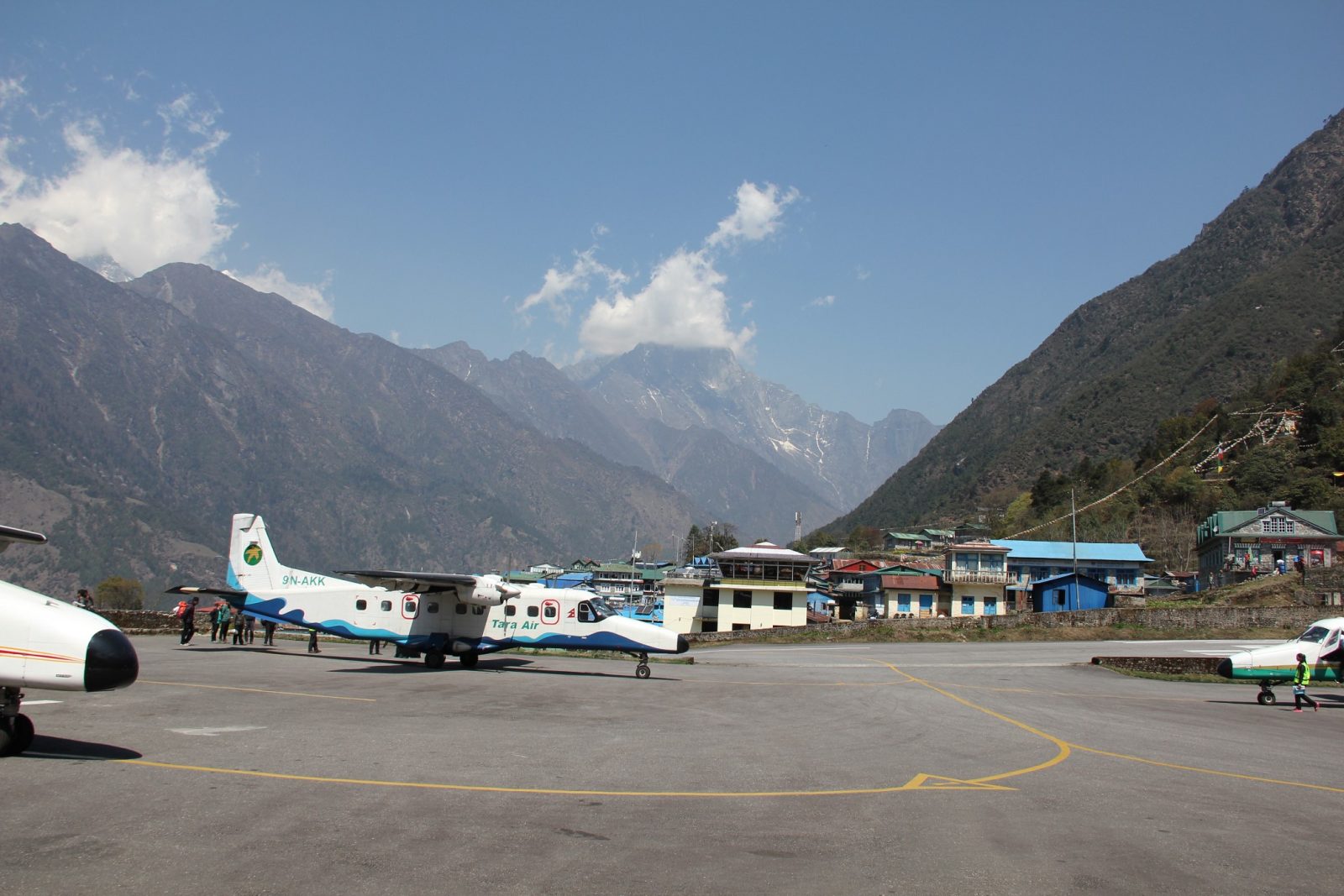
The Road to Everest
It used to be that the quickest way to get to Everest Base Camp was to fly into Lukla airport. Now all that is about to change with the building of...
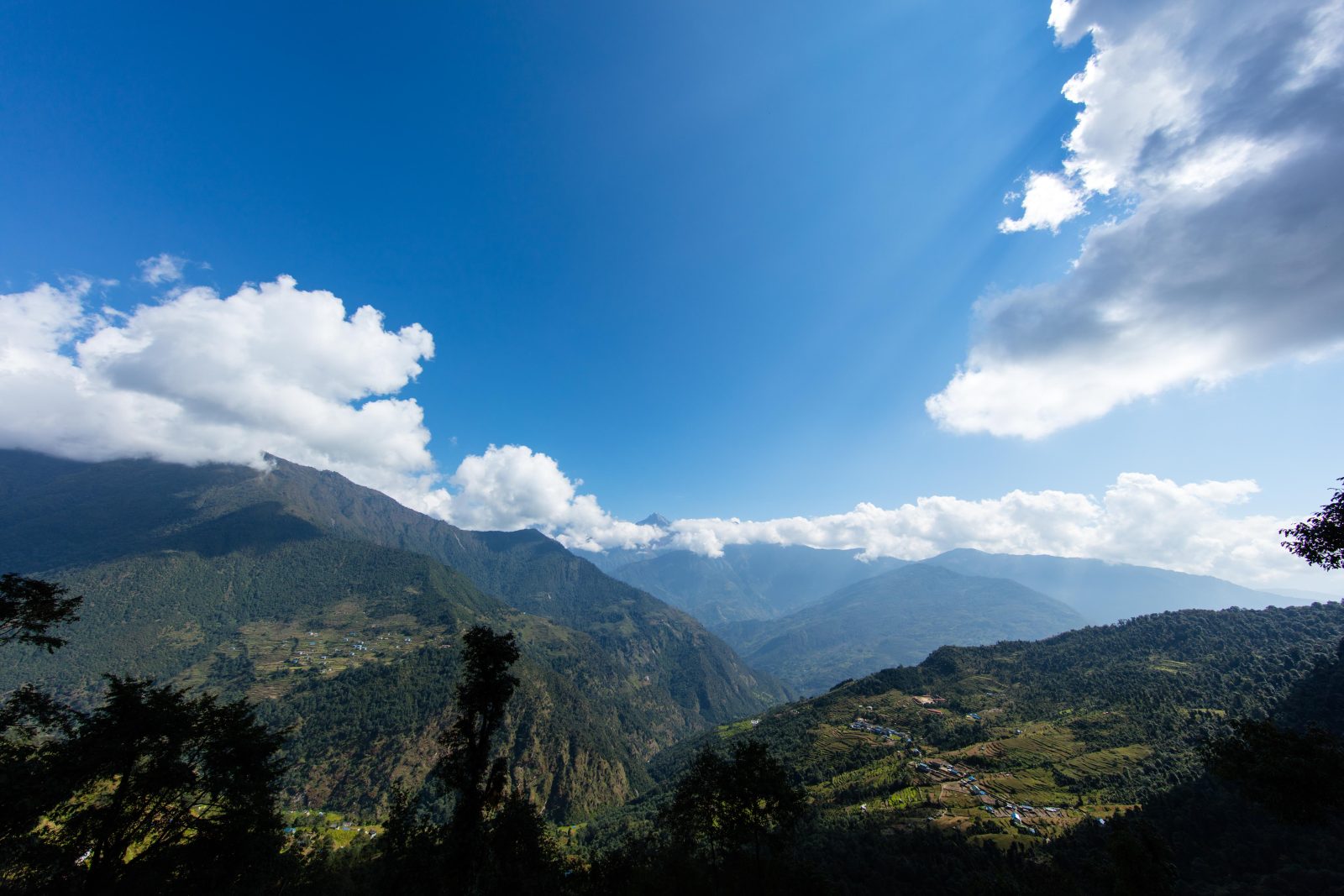
Trekking With Children in Nepal
There are no rules or laws that restrict children trekking in Nepal and it is the perfect place to combine stunning scenery with an incredible...

How Hard is it to Trek to Everest Base camp?
A trek to Everest base camp is a very realistic opportunity for most people who enjoy the outdoors and have a good level of fitness and...
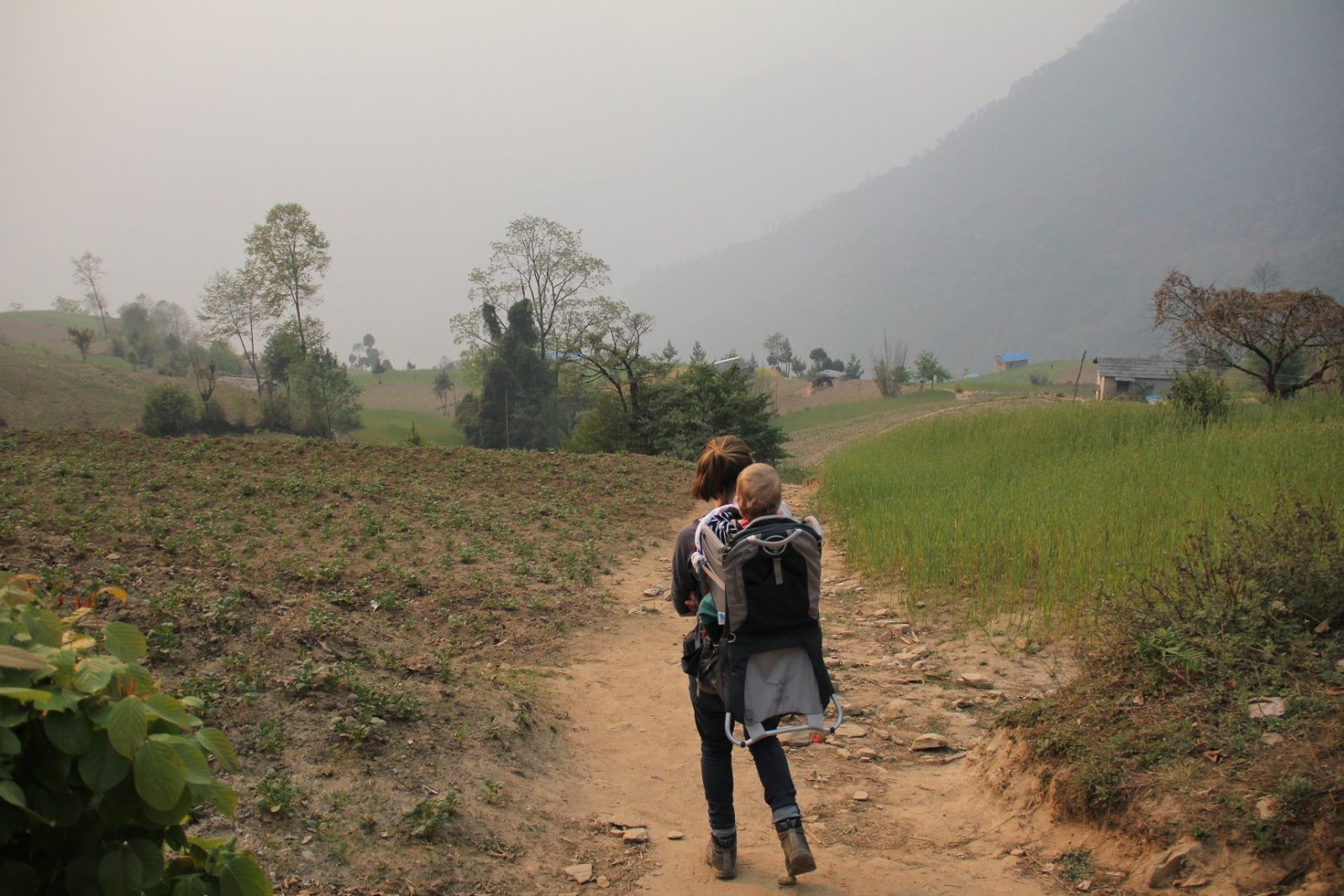
Trekking With Young Children in Nepal
I remember a friend saying he was looking forward to when his children were six or seven years old so that they could go travelling as a family to...
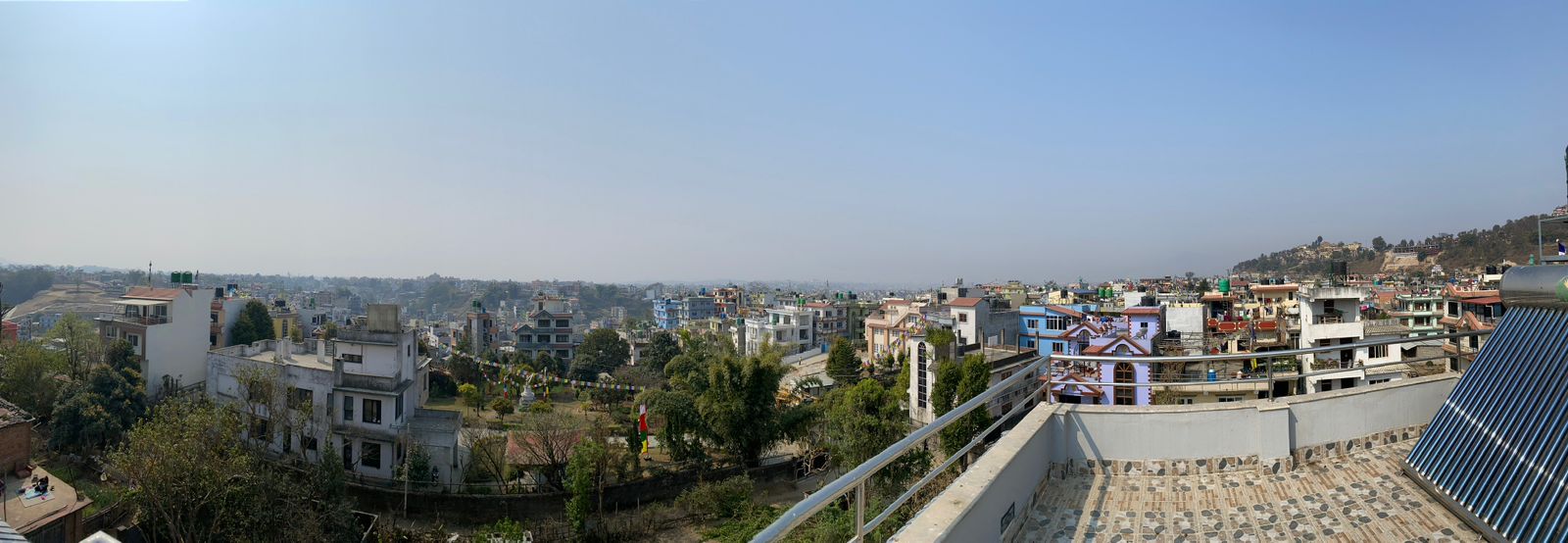
Accommodation in Kathmandu Guest House
We welcome trekkers, climbers, volunteers, medical students and travellers to the Adventure Alternative guest house in Kathmandu where you can get...

